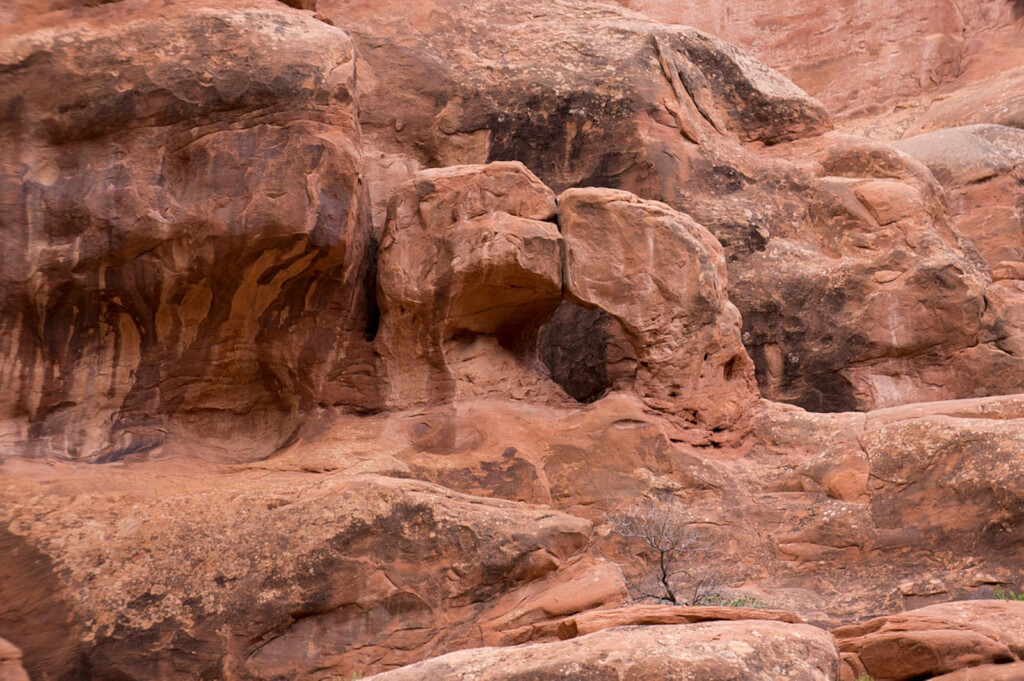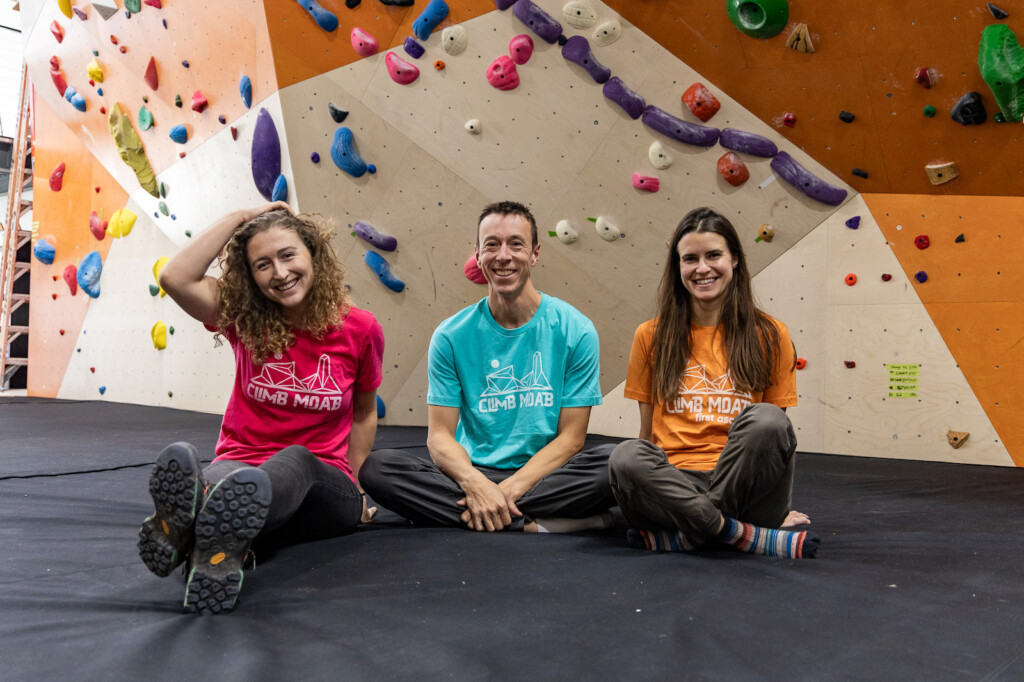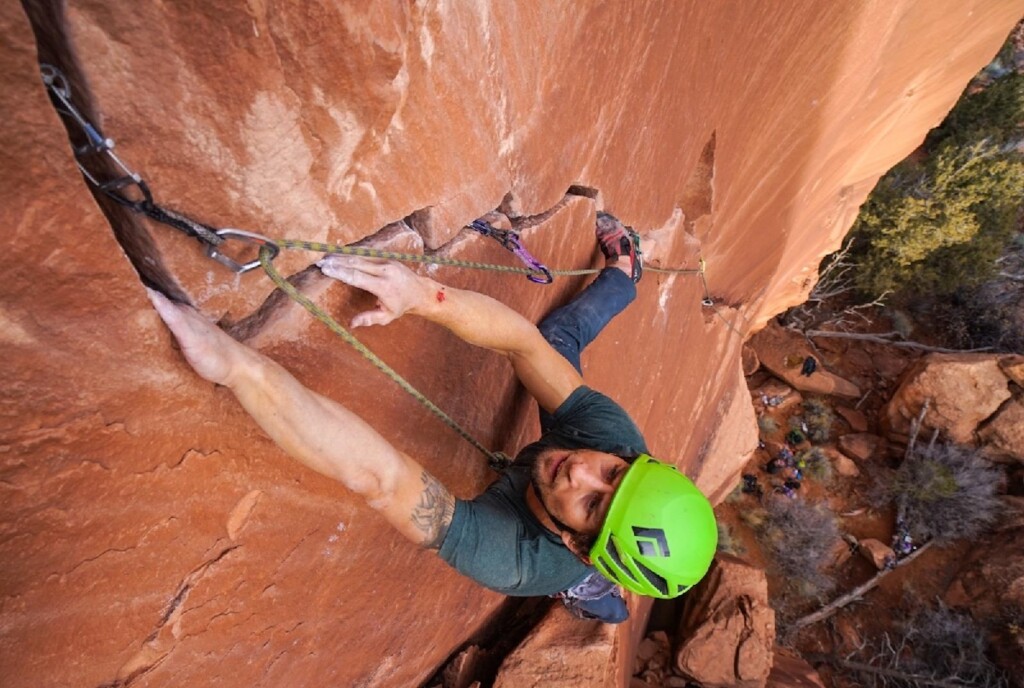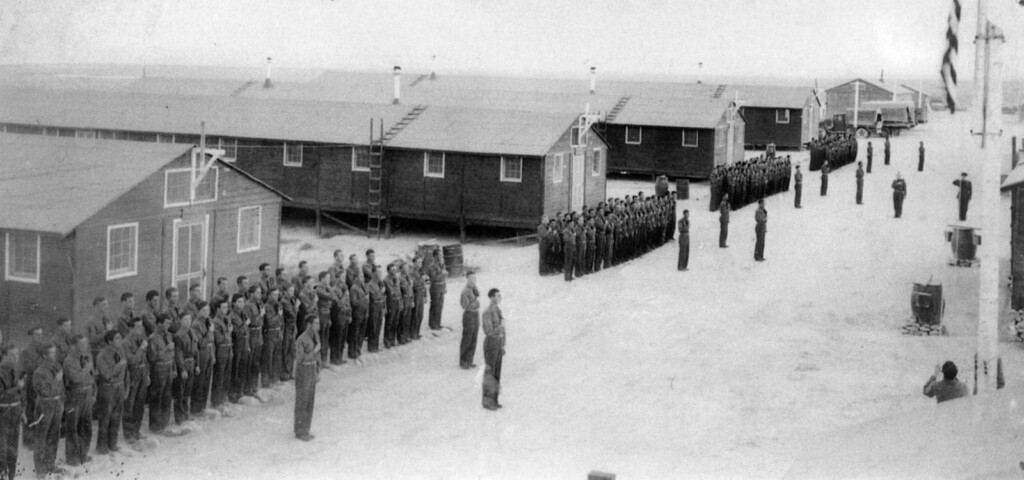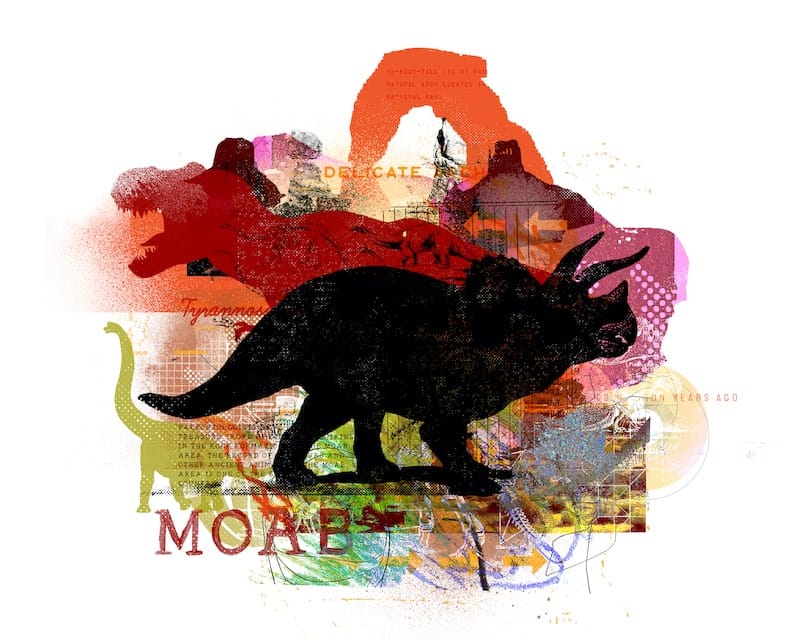
Say the word ‘dinosaur’, and most kids’ eyes light up with excitement!
Imagine if you will, a Utah where vast savannah-like plains surrounded the waters of an ancient sea ― Lake Bonneville ― where gigantic four-limbed behemoths lived and died, sometimes violently. These creatures are still here, but today they’re encased in stone.
Utah’s reputation as a prehistoric graveyard is well established. Known the world over for new and prolific dinosaur discoveries, Utah’s paleontological past has consistently introduced the world to a number of extinct ancient creatures both large and small.
Utah even claims its own state fossil ― the flesh-eating Allosaurus ― a theropod dinosaur that inhabited an ancient landscape and climate that was vastly different from the Utah we know today. Three species of Allosaurus are currently recognized ― A. fragilis, A. europaeus, and A. jimmadseni. The latter was named in honor of Utah State Paleontologist James H. Madsen Jr.
“Allosaurus fragilis was designated Utah’s State Fossil in 1988. This is not to be confused with Utahraptor ostrom maysi, which was designated Utah’s State Dinosaur in 2018,” says Carrie Levitt-Bussian, Paleontologist at the Natural History Museum of Utah. “Utah is an amazing place for fossils. There are so many different-aged rocks exposed at the surface, which makes Utah an ideal place for paleontology. The Natural History Museum of Utah has the largest collection of Allosaurus fragilis specimens anywhere in the world. This is due to the plethora of specimens ― over 12,000 bones ― excavated from Cleveland Lloyd Dinosaur Quarry near Price, Utah. There are also many Allosaurus found at Dinosaur National Monument, also in Utah. The abundance of Allosaurus found in these quarries is what made this dinosaur Utah’s state fossil.”
Theropod dinosaurs are characterized as having hollow bones, three-toed feet, and were primarily carnivorous. Familiar theropods include the ravenous Tyrannosaurus rex and the fast and furious velociraptors that were popularized in Steven Spielberg’s Jurassic Park movies.
The Cleveland-Lloyd Dinosaur Quarry is the site of Utah’s very own Jurassic Park. Located in Emery County in east-central Utah about 30 miles south of Price, and run by the Bureau of Land Management under the U.S. Department of the Interior, the Jurassic National Monument complex sits in the heart of the Jurassic Morrison rock formation ― a rich, bone-bearing strata. Along with Utah’s Grand Staircase-Escalante National Monument, they are two of the moxy concentrated sources of new dinosaur discoveries in the world today.
Vast stretches of Navajo Sandstone throughout the state also reveal large dinosaur track sites, many near Moab, proving that parts of Utah were indeed the literal stomping grounds for a variety of prehistoric beasts. The imposing sandstone monoliths that comprise Utah’s national parks were once sand dunes where a variety of ancient fauna did their best to survive in a hostile environment.
Natural history museums throughout the world display mounted dinosaur skeletons that were excavated at the fossil-rich Cleveland-Lloyd quarry. Most are replicas, but many include at least some original fossil bones. Since its discovery in 1929 by University of Utah scientists, the quarry has revealed more than 12,000 bones from about 70 individual dinosaurs, most of them carnivores. According to the BLM, “These bones have been reassembled and displayed in museums throughout the world. More to the point is the fact that the deposit is the densest concentration of Jurassic dinosaur bones ever found.”
Unlike theropods, sauropod dinosaurs were herbivorous eating machines. They were enormous terrestrial creatures from the Mesozoic Era, which spanned more than 250 million years, and included three time periods; the Triassic, Jurassic, and Cretaceous.
Weighing in at 25 to 50 tons, with bloated bodies, long necks and tails, and tiny heads and even tinier brains, sauropods comprise the largest group of land animals that ever shook the earth with their massive size and weight. The first sauropod dinosaur found in Utah was discovered on the 1859 Macomb Expedition to southeastern Utah. It was named Dystrophaeus viaemalae, and is housed at the Natural History Museum of Utah.
Some well-known sauropods are the Apatosaurus, Diplodocus, and Brachiosaurus. After surviving for 100 million years, sauropod remains have been dug up on every continent on earth, including Antarctica, although their skeletons are rarely complete. According to one scientist, “It’s one of the paradoxes of modern paleontology that the largest animals that ever lived have left the most incomplete skeletons … [Most were probably] trampled to pieces by living dinosaurs or shaken apart by geological activity.”
Utah’s other dinosaur treasure trove is in the Uintah Basin near Vernal, where 2000 exposed bones lie partially excavated on a cliff face. What 10-year-old kid visiting Dinosaur National Monument, aka “Dinosaur Land”, hasn’t been awe-struck by the embedded bones and life-size reconstructions of creatures so big that it almost takes a child’s imagination to believe they were once alive?
When it comes to dinosaurs, isn’t there an imaginative 10-year-old inside all of us?
RELATED CONTENT
Lin Ottinger: Moab Dinosaur Hunter
Discover and Visit Utah’s Natural History Wonders in All of Its 29 Counties
Explore Utah’s Natural History at the Natural History Museum of Utah
Human remains—Native Americans, naked Mormons, or friends of dinosaurs?
Trippin’ & Splorin’ Through Utah: 3 Days, 570 Miles, and Maybe a Dinosaur Bone
Moab Giants – Dinosaur Museum Comes to Moab
SUPPORT LOCAL JOURNALISM AND SUBSCRIBE TO PRINT MAGAZINE
Subscribe to Utah Stories weekly newsletter and get our stories directly to your inbox


